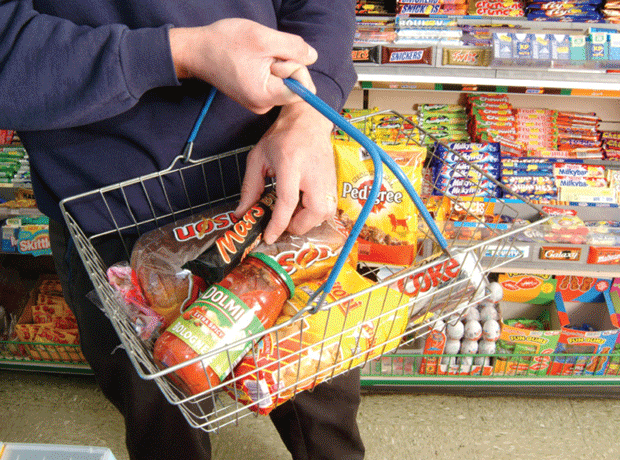
The convenience channel was one of the few industries to see positives from the early days of the coronavirus pandemic. Shoppers unwilling to visit larger stores and availability issues meant local shops saw some of its busiest weeks, with retailers reporting as much as 150% year-on-year increase in sales.
As we head into the winter months and the government introducing new guidance on a daily basis, are we headed towards another rush on the convenience channel?
According to Kantar, sales in the overall grocery market rose 9.4% in the 12 weeks to October 2020 although it did not that in the last four weeks of that period, sales increased by 10.6%, which has been attributed to the end of the Eat Out to Help Out scheme.
Further restrictions, particularly around pub closures has driven alcohol sales up, says head of retail and consumer insight Fraser McKevitt. “Shoppers are moving a greater proportion of their eating and drinking back into the home,” he says. “This is likely a response to rising Covid-19 infection rates, greater restrictions on opening hours in the hospitality sector, and the end of the Government’s Eat Out to Help Out scheme. Alcohol sales alone were worth £261 million more to the grocers this month than last year, with pubs, bars and restaurants limited by the 10pm curfew.”
More specific to the convenience channel, the Kantar data showed that sales dipped back to in line with total grocery while symbols and independents saw a 19.9% growth in sales, although working from a much smaller base (making up 1.8% of the total sales).
Figures from the Retail Data Partnership also showed a rise in footfall in symbol and independent stores although the average basket spend was recorded at £7.84. Data showed a slowdown in sales growth from 16% in August to 14.7% in September, which is still a tremendous year-on-year increase.
The Retail Data Partnership’s research showed that in September, alternative smoking products saw the largest year-on-year growth (+34%), following closely by tobacco (+28%) and alcohol (+26%). Fresh fruit and veg sales were up 25% year-on-year as many retailers have adapted their offering to suit grocery shopping rather than impulse.
Does this mean we’re headed for another phase of panic buying and independents being swamped? With rumours of further restrictions never far from the headlines, several independent retailers have reported an increase in sales in some of the lines that were much sought after during March including toilet roll and flour.
McKevitt doesn’t think so. “The seven days from Monday 21 to Sunday 27 September were the busiest since March, with 107 million trips recorded, but that number was nowhere near the 175 million seen just prior to the first national lockdown. That said, sales of toilet roll and flour rose by 64% and 73% during the week, showing that consumers were wary of potential new restrictions. 37% of households bought toilet roll in that time, compared to the more typical 25% the week before, meaning increases were down to a greater number of buyers, rather than people packing trollies.”
















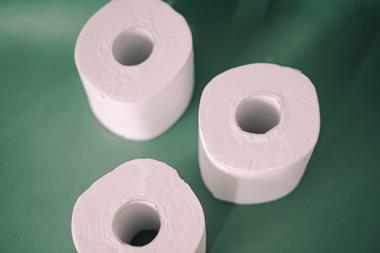




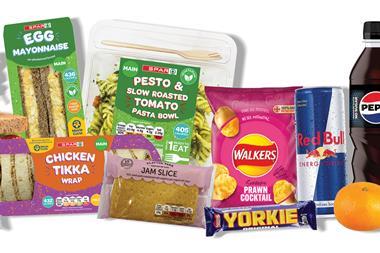



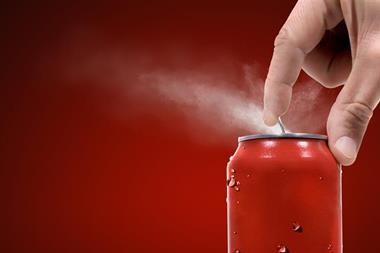
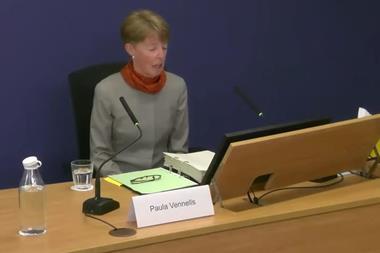

No comments yet